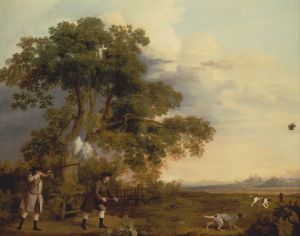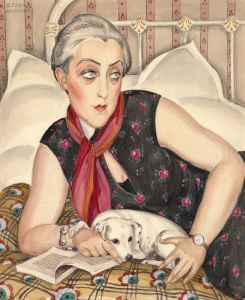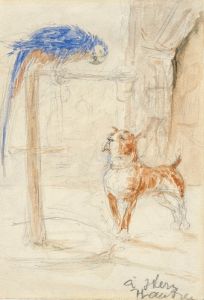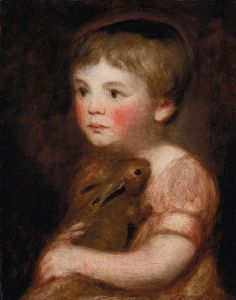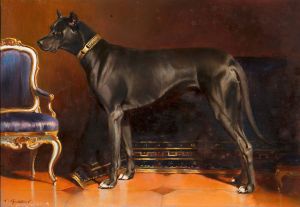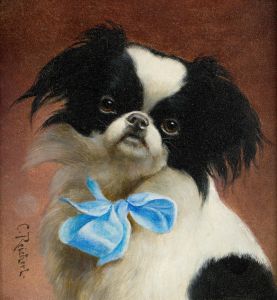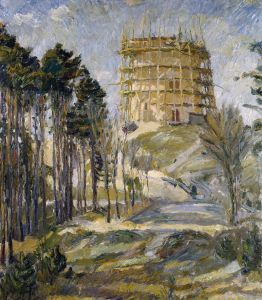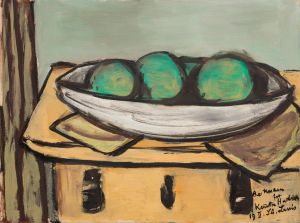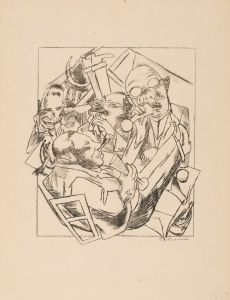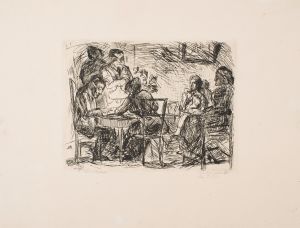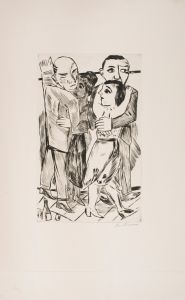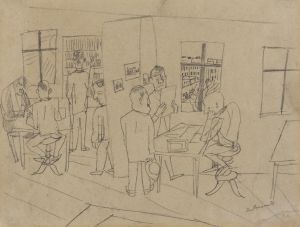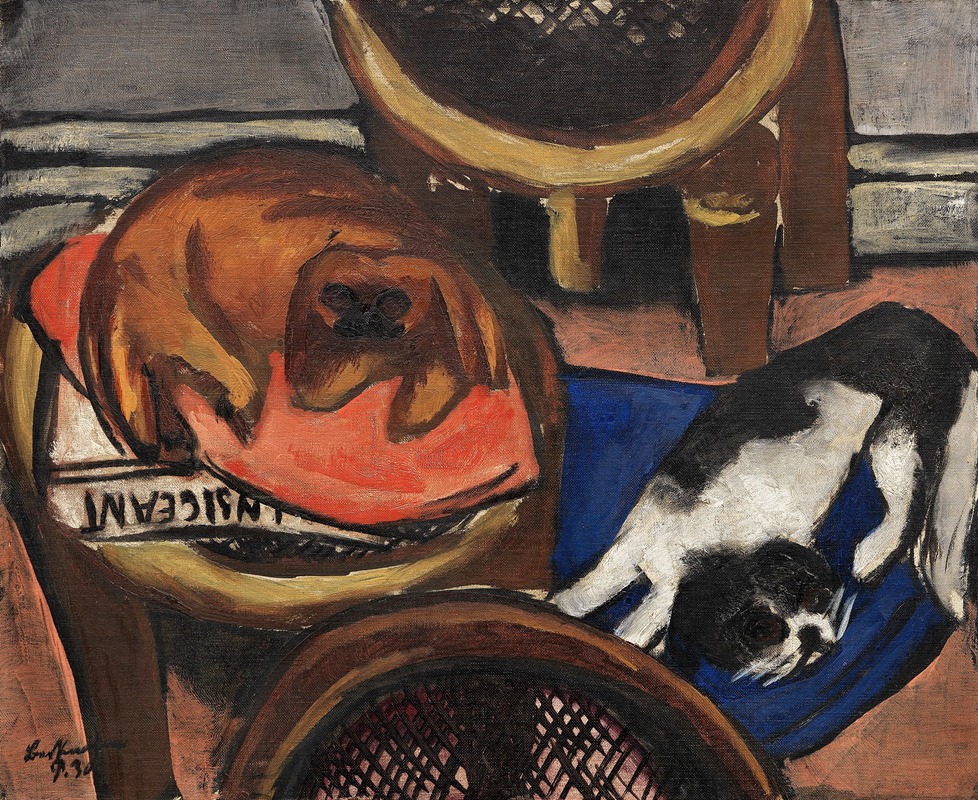
Majong und Chilly
A hand-painted replica of Max Beckmann’s masterpiece Majong und Chilly, meticulously crafted by professional artists to capture the true essence of the original. Each piece is created with museum-quality canvas and rare mineral pigments, carefully painted by experienced artists with delicate brushstrokes and rich, layered colors to perfectly recreate the texture of the original artwork. Unlike machine-printed reproductions, this hand-painted version brings the painting to life, infused with the artist’s emotions and skill in every stroke. Whether for personal collection or home decoration, it instantly elevates the artistic atmosphere of any space.
Max Beckmann was a prominent German painter, draftsman, printmaker, and writer, known for his unique style that combined elements of Expressionism, New Objectivity, and Symbolism. Born in 1884 in Leipzig, Germany, Beckmann's career spanned the tumultuous periods of both World Wars, and his work often reflects the complexities and anxieties of the 20th century.
"Majong und Chilly" is one of Beckmann's lesser-known works, and unfortunately, there is limited information available about this specific painting. Beckmann's oeuvre is extensive, and while many of his works are well-documented, some remain less explored in public and academic discourse. This painting, like many of Beckmann's works, likely features his characteristic bold lines, dramatic use of color, and complex compositions that often include symbolic and allegorical elements.
Beckmann's art frequently depicted scenes of urban life, mythology, and personal experiences, often imbued with a sense of tension and introspection. His works are known for their psychological depth and often include figures in theatrical or enigmatic settings. Beckmann's style evolved over the years, but he consistently maintained a focus on the human condition, exploring themes of identity, power, and existential uncertainty.
Throughout his career, Beckmann faced significant challenges, particularly during the Nazi regime in Germany. His art was labeled as "degenerate" by the Nazis, and he was dismissed from his teaching position at the Städelschule in Frankfurt. In 1937, Beckmann left Germany for Amsterdam, where he continued to work in relative isolation. Despite these hardships, Beckmann remained prolific, producing a significant body of work that continued to explore complex themes and innovative techniques.
In 1947, Beckmann moved to the United States, where he taught at Washington University in St. Louis and later at the Brooklyn Museum Art School in New York. His work gained recognition and appreciation in the United States, and he continued to paint until his death in 1950.
While specific details about "Majong und Chilly" are scarce, it is essential to consider the broader context of Beckmann's work to appreciate its potential significance. His paintings often serve as a mirror to the societal and personal upheavals of his time, and each piece contributes to the rich tapestry of his artistic legacy.
For those interested in exploring Beckmann's work further, many of his paintings are housed in major museums around the world, including the Museum of Modern Art in New York, the Tate Modern in London, and the Städel Museum in Frankfurt. These collections provide valuable insights into the life and work of one of the 20th century's most influential artists.





